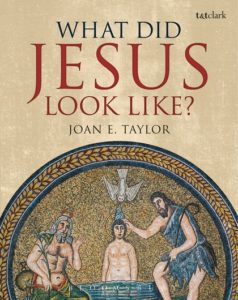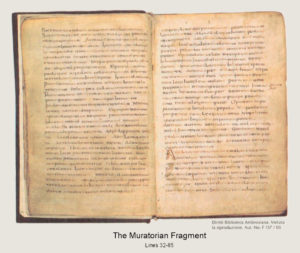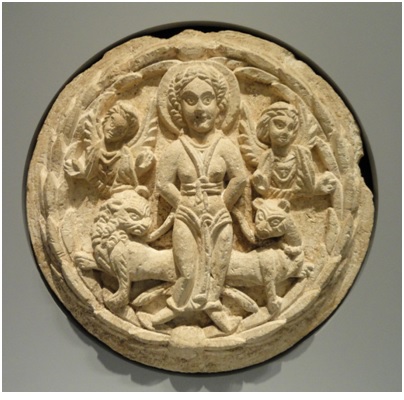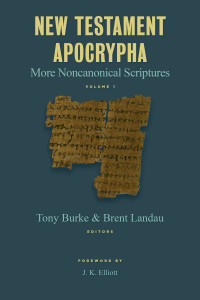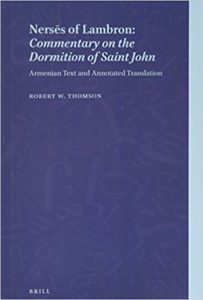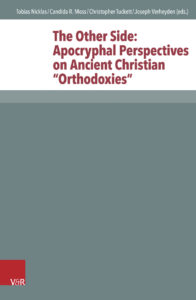2018 New Testament Apocrypha Course: Reflections on Week 4
My course on the New Testament Apocrypha focused this week on part one of a two-part discussion of “Ministry Gospels”—i.e., texts focusing on Jesus’ adult life, between the infancy gospels and the passion narratives. For this first part we looked at agrapha and fragmentary texts, the latter group including Jewish-Christian gospels, several papyri from Oxyrhynchus, and the Secret Gospel of Mark. Our next class is dedicated to complete Ministry Gospels, namely the Gospel of Thomas and the Gospel of Philip, and two fragmentary texts we ran out of time to cover: the Gospel of Peter, and the Gospel of the Savior.
We began with agrapha, the “unwritten” sayings of Jesus, though clearly they are written or we wouldn’t have them to study. More accurately, the term denotes sayings of Jesus that are not in the New Testament Gospels, appearing as variants in Gospel manuscripts, Acts, fragmentary apocryphal texts, works of the Apostolic Fathers, in Islamic texts (go HERE for a selection of some of these), and such unlikely locations as a mosque in India, which bears the inscription “Jesus, on whom be peace, said: ‘The world is a bridge. Go over it—do not settle on it!’” I discussed the methodology scholars of the agrapha use to reduce the great number of agrapha (270 by one count) to a manageable amount of “authentic” Jesus material (though I cautioned that this is not necessarily the goal of the study of this material; there are reasons enough to study any …

